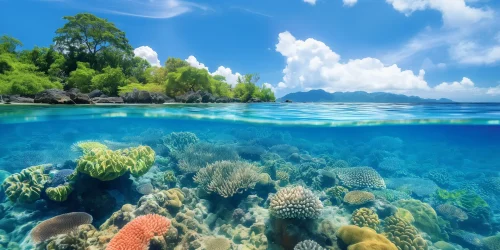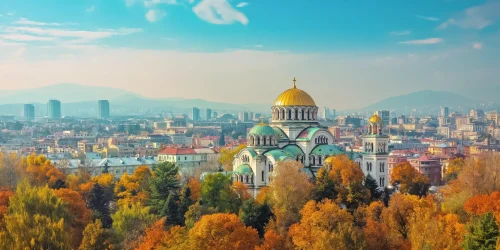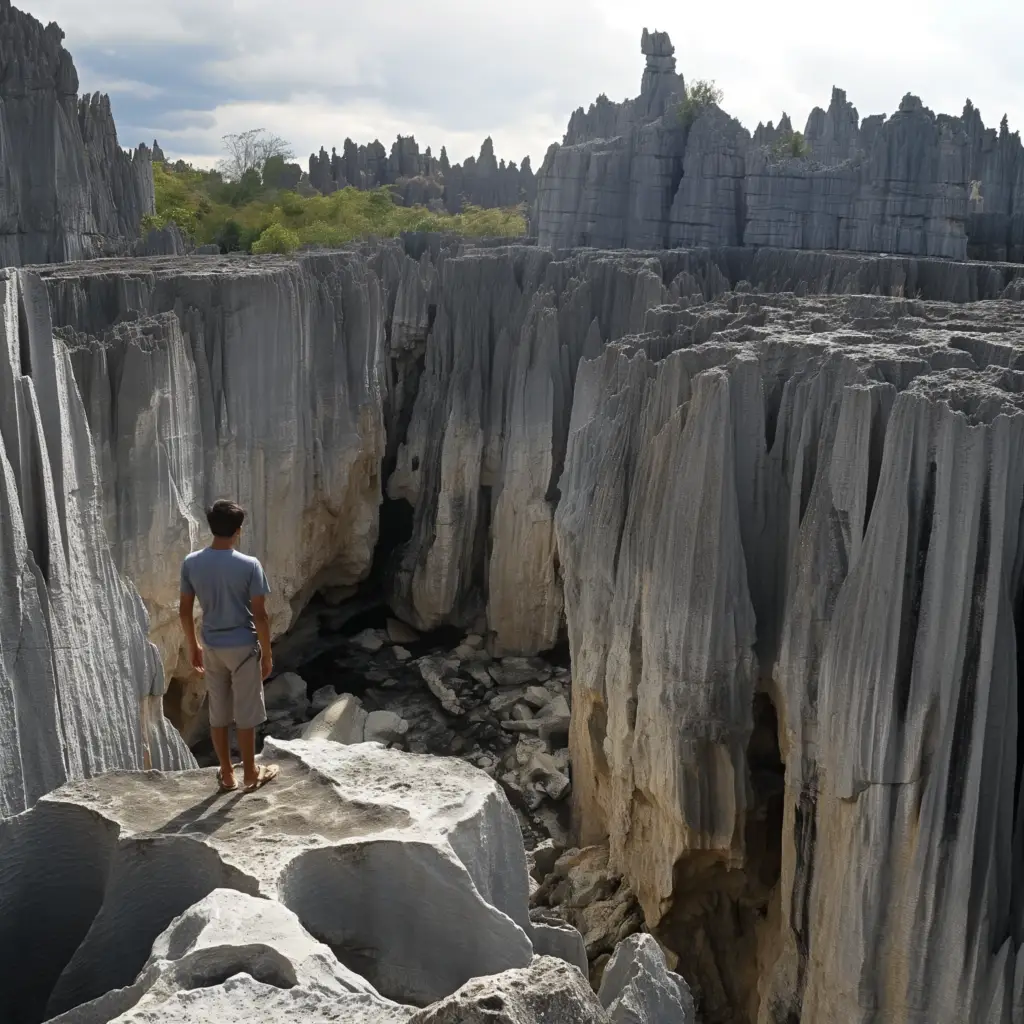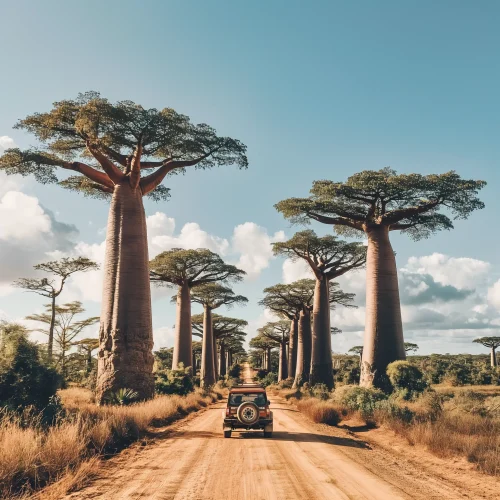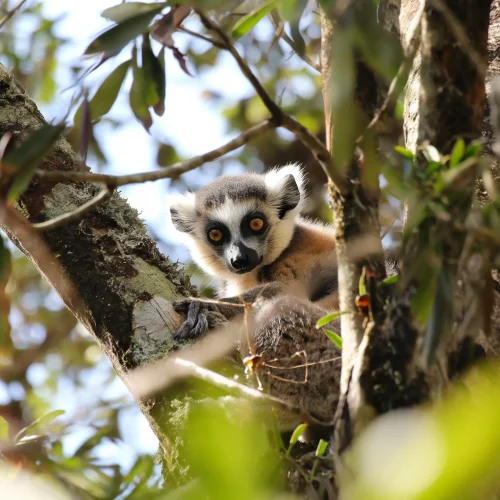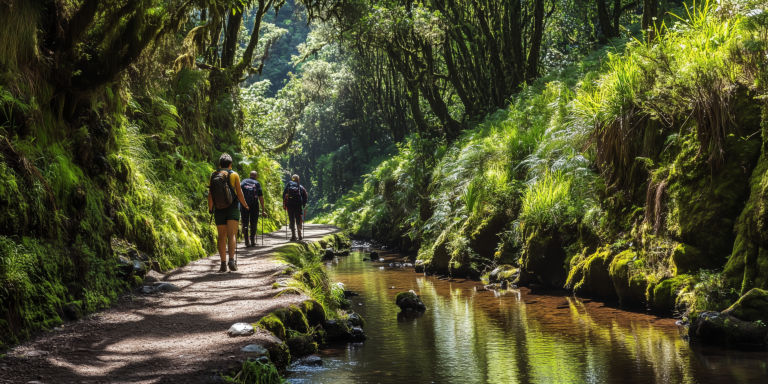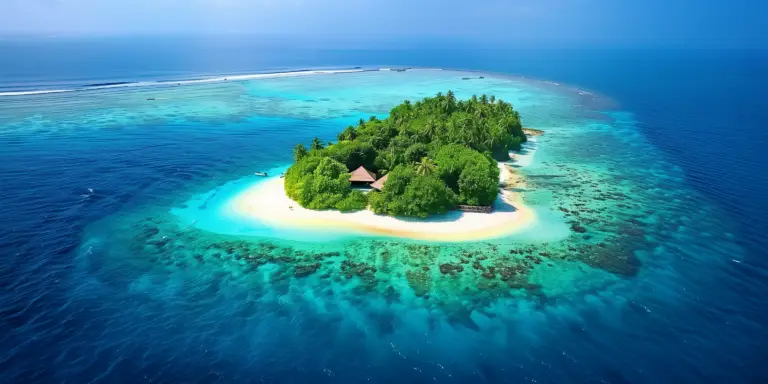The Tsingy de Bemaraha Strict Nature Reserve, located in northwestern Madagascar, is a spectacular and otherworldly landscape characterized by its unique geological formations. Recognized as a UNESCO World Heritage Site, the area encompasses a vast expanse of needle-sharp limestone pinnacles known as “tsingy,” a Malagasy word meaning “where one cannot walk barefoot.” This dramatic karst landscape was formed by the erosion of limestone by rainwater over millions of years, creating a forest of jagged stone.
The reserve spans over 152,000 hectares and is not only remarkable for its striking geology but also for its rich biodiversity. It serves as a sanctuary for various species of flora and fauna, many of which are endemic to Madagascar. Among its inhabitants are several species of lemurs, such as the decken’s sifaka and the red-fronted brown lemur, along with a multitude of birds, reptiles, and insects, making it a significant site for both conservation and scientific research.
Navigating the Tsingy de Bemaraha requires a sense of adventure and physical readiness, as exploring this natural fortress involves climbing, crawling, and walking through tight gorges and across suspended bridges. The effort, however, rewards visitors with breathtaking views and the opportunity to witness a truly pristine and unique environment. The landscape is not only of aesthetic and geological interest but also a vital part of the local ecology, supporting ecosystems that are both fragile and incredibly resilient.
